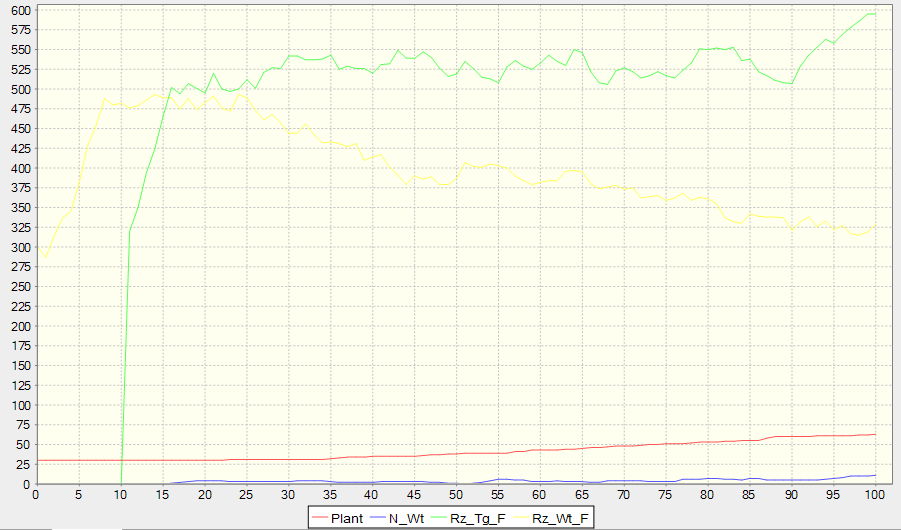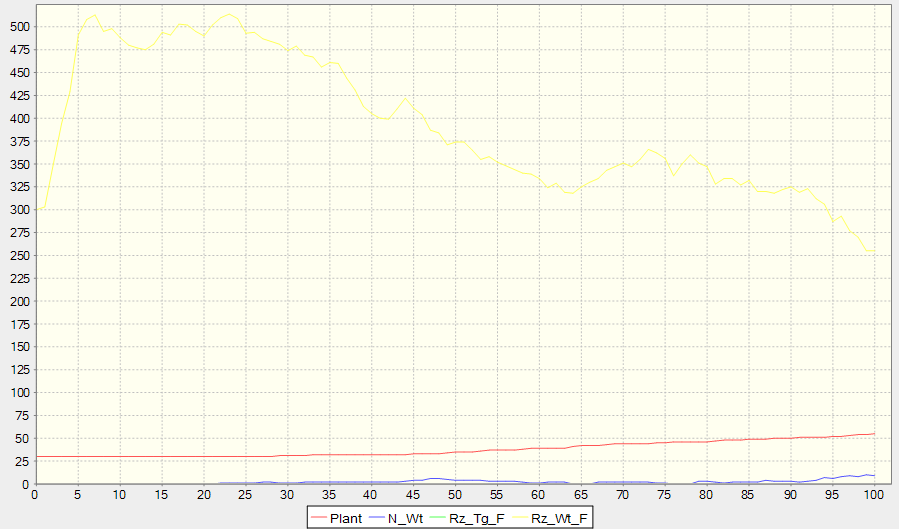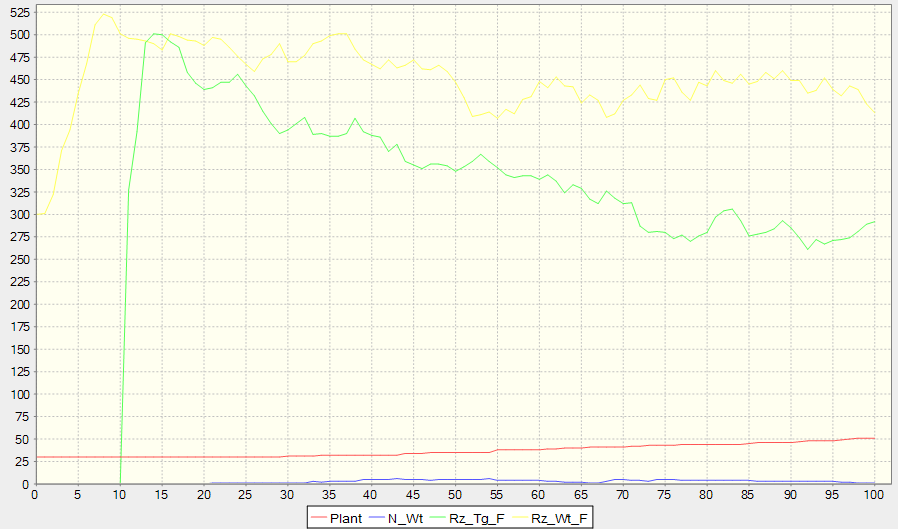Team:UNAM-Genomics Mexico/Modeling/CA
From 2011.igem.org
| (4 intermediate revisions not shown) | |||
| Line 14: | Line 14: | ||
==Tool== | ==Tool== | ||
| - | We will be using Rule-Based-Modelling approaches, id est [http://kappalanguage.org/ Kappa]. We are using the [http://kappamodeler.github.com/rulestudio/ RuleStudio] plugin for the [http://www.eclipse.org/ Eclipse] Environment / Suite. We have some past experience with Kappa, our model for last year's project [https://2010.igem.org/Team:UNAM-Genomics_Mexico/Modules/In_silico WiFi Coli] relied heavily on it, and we are lightly involved in the [http://groups.google.com/group/kappa-users Kappa users] community | + | We will be using Rule-Based-Modelling approaches, id est [http://kappalanguage.org/ Kappa]. We are using the [http://kappamodeler.github.com/rulestudio/ RuleStudio] plugin for the [http://www.eclipse.org/ Eclipse] Environment / Suite. We have some past experience with Kappa, our model for last year's project [https://2010.igem.org/Team:UNAM-Genomics_Mexico/Modules/In_silico WiFi Coli] relied heavily on it, and we are lightly involved in the [http://groups.google.com/group/kappa-users Kappa users] community. |
We've tried using the [http://rulebase.org/ online version], however it is not as compatible as we would like it to be with Chrome, Firefox, or Internet Explorer... | We've tried using the [http://rulebase.org/ online version], however it is not as compatible as we would like it to be with Chrome, Firefox, or Internet Explorer... | ||
| Line 20: | Line 20: | ||
==Results== | ==Results== | ||
| - | Our CA behaved as expected. | + | Our CA behaved as expected. Our script is [https://2011.igem.org/File:UNAM-Genomics_Mexico_hmedina_Hydrobium_etli_Cellular_Automaton.txt here]. Next are the results we got. |
===C vs N economy=== | ===C vs N economy=== | ||
| - | We can see first and foremost that with the addition of our transgenic chassis, the final count of plants is higher at around 70 plants. This reflect the [https://2011.igem.org/File:UNAM-Genomics_Mexico_hmedina_Hydrobium_etli_Cellular_Automaton201109281826.txt first scenario] of enhanced nitrogen fixation: [[image:UNAM-Genomics_Mexico_hmedina_TransgenicGraph.png|frame|center]] | + | We can see first and foremost that with the addition of our transgenic chassis, the final count of plants is higher at around 70 plants. This reflect the [https://2011.igem.org/File:UNAM-Genomics_Mexico_hmedina_Hydrobium_etli_Cellular_Automaton201109281826.txt first scenario] of enhanced nitrogen fixation: |
| - | For the [https://2011.igem.org/File:UNAM-Genomics_Mexico_hmedina_Hydrobium_etli_Cellular_Automaton201109281827.txt "purist" scenario] of only wildtypes, plant count is lower at around 50: [[image:UNAM-Genomics_Mexico_hmedina_WildtypeGraph.png|frame|center]] | + | [[image:UNAM-Genomics_Mexico_hmedina_TransgenicGraph.png|frame|center]] |
| + | |||
| + | For the [https://2011.igem.org/File:UNAM-Genomics_Mexico_hmedina_Hydrobium_etli_Cellular_Automaton201109281827.txt "purist" scenario] of only wildtypes, plant count is lower at around 50: | ||
| + | [[image:UNAM-Genomics_Mexico_hmedina_WildtypeGraph.png|frame|center]] | ||
===GT=== | ===GT=== | ||
| - | + | So we ran a modified version of the [https://2011.igem.org/File:UNAM-Genomics_Mexico_hmedina_Hydrobium_etli_Game_Theory_Cellular_Automaton.txt script] and got the expected result. The steady state is a ratio of both strains, we do NOT see the most efficient going berserk and erradicating everything in its path. It is effectively the mixed strategy Nash Equilibrium. For more on that, check [https://2011.igem.org/Team:UNAM-Genomics_Mexico/Modeling/GT this]. | |
| + | [[image:UNAM-Genomics_Mexico_hmedina_GameTheoryGraph.png|frame|center]] | ||
}} | }} | ||
Latest revision as of 03:17, 29 September 2011
Introduction
We have chosen to do a Cellular Automaton to corroborate two things:
- Observe Plant development with the C vs N economy at the Niche
- Double Check the Game Theory results with a nice shiny plot
Background
Cellular Automatons rely on rules to calculate the next state, from t to t+1. Kappa uses rules to extrapolate differential equations (via the über-strange concept of "Fragments") and thus obtain the changes from application, to application. Seeing the analogy of these approaches, we chose to do our CA with Kappa.
Tool
We will be using Rule-Based-Modelling approaches, id est [http://kappalanguage.org/ Kappa]. We are using the [http://kappamodeler.github.com/rulestudio/ RuleStudio] plugin for the [http://www.eclipse.org/ Eclipse] Environment / Suite. We have some past experience with Kappa, our model for last year's project WiFi Coli relied heavily on it, and we are lightly involved in the [http://groups.google.com/group/kappa-users Kappa users] community.
We've tried using the [http://rulebase.org/ online version], however it is not as compatible as we would like it to be with Chrome, Firefox, or Internet Explorer...
Results
Our CA behaved as expected. Our script is here. Next are the results we got.
C vs N economy
We can see first and foremost that with the addition of our transgenic chassis, the final count of plants is higher at around 70 plants. This reflect the first scenario of enhanced nitrogen fixation:
For the "purist" scenario of only wildtypes, plant count is lower at around 50:
GT
So we ran a modified version of the script and got the expected result. The steady state is a ratio of both strains, we do NOT see the most efficient going berserk and erradicating everything in its path. It is effectively the mixed strategy Nash Equilibrium. For more on that, check this.
 "
"




